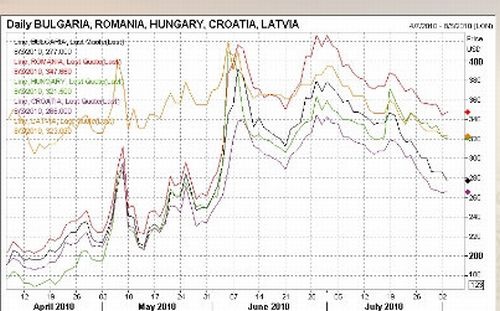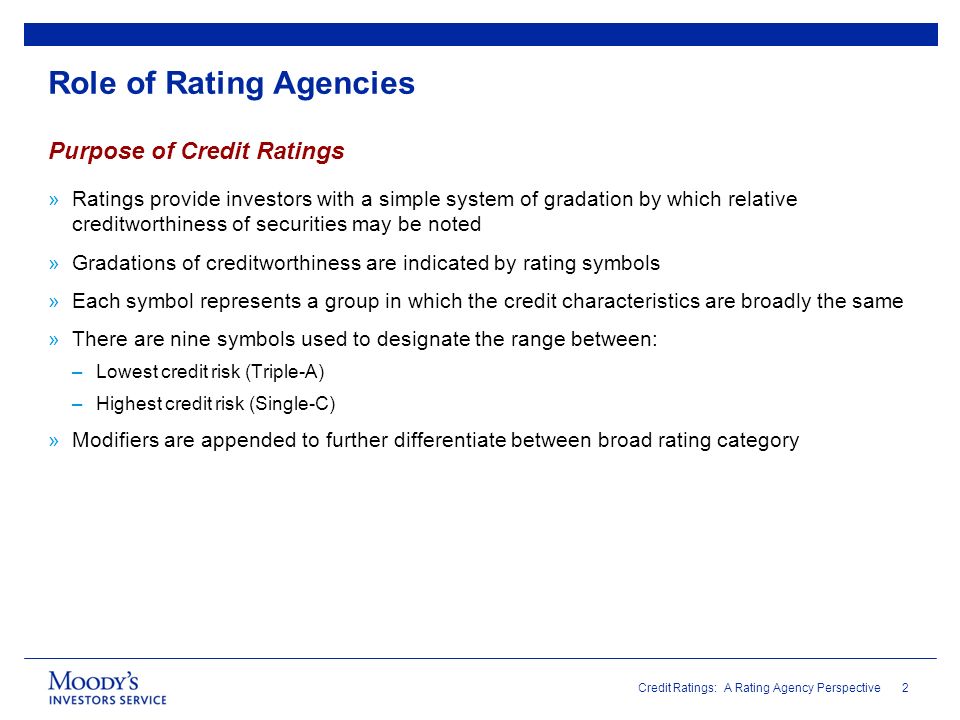Contents:

The addition of one labor produces 1 additional unit of output. Decreasing marginal product occurs when the marginal product is positive, but at a decreasing rate of growth. The extra input unit produces less output than the previous input.


In some cases, however, marginal product might be defined as the incremental output that would be produced by the next unit of labor or next unit of capital. It should be clear from context which interpretation is being used. Marginal revenue product indicates the amount of change in total revenue after adding a variable unit of production.
Zero marginal product
Marginal product is defined as the change in output as a result of one additional unit of a particular input. It is related to total product, which shows the total output as a result of all inputs. The marginal product formula is the change in output divided by the change in a particular input. Marginal product is subject to the law of diminishing marginal productivity, which states that marginal productivity will decrease as each additional unit of input is added. As a company hires each new employee, it incurs increased labor costs, called marginal costs. At the same time, the company is increasing its marginal product.

I will be using this table for making you understand the process of calculating marginal products. The table is small, and that’s why it will be easier for you to understand. Before this point, the firm can still increase the total output by adding more inputs. However, once it reaches this point, increasing input will only decrease total output. Change in various quantities of inputs ultimately brings about a change in the output of marginal products.
Diminishing Marginal Product
However, the marginal return tells you how output changes when one input changes, assuming the other input is constant. Meanwhile, if the denominator is the change in capital, we call it the marginal product of capital. Homogenous units – All factors of production must be homogenous. In the second step, TPP starts to increase at a diminishing rate after the employment of many units which are variable.
We can see from the above table that the optimal production level is when 35 laborers are hired. Hence, the management can lay off anything above 35 to 41 laborers. Almost every business and company reaches a point when hiring even one more employee will not change the productivity level at all. Furthermore, in some cases, this can lead to an overall decrease in productivity. Ultimately, there are just too many employees trying to do only a handful of tasks and as a result, productivity suffers.
What Is the Formula for Calculating the Marginal Product?
They are thinking about employing more so that the production rate can be increased. In this article, I will talk about how you can calculate marginal product, the formula of marginal product and the definition of marginal product. Also, I will try to provide other information regarding the marginal product so that you can make the best of this useful formula. In the table above, this point is reached when the company has 10 workers, and the total output is 195 units. Another term for decreasing marginal product is diminishing the marginal product, decreasing marginal return. However, the percentage increase in output is lower than the percentage increase in input.
This may be a change in technology, labour and leads to a shift in the graph. Enter the marginal physical product and the revenue per product into the calculator to determine the marginal revenue product . Sometimes it’s helpful to quantify output per worker or output per unit of capital rather than focusing on the total quantity of output produced. It makes sense for companies to hire more employees or purchase more machines to create merchandise if there is a higher demand for the product.
After adding a worker, they were able to make 325 pizzas a day. Alternatively, you can use your calculator to subtract 20 from 25. The answer is 5, which is the change in the total product (∆q). That means after applying ∆L amount of workforce, you have gained 5 products. The return to scale is different from the marginal product, and no direct relationship between the two. Economists use it to answer why increasing the stock of capital (to increase the capital-labor ratio) does not necessarily sustain long-term economic growth.
20 Customer Experience Metrics Critical for Your Business – CMSWire
20 Customer Experience Metrics Critical for Your Business.
Posted: Tue, 28 Feb 2023 12:37:38 GMT [source]
It is important to point out that the last how do we calculate marginal product hired did not necessarily produce all 20 toys themselves but rather that having one more employee allowed the total product to increase by 20. Depending on what the product being produced is, this could be good or bad. If the company is making stickers, this would be a pretty terrible return on investment. If they are producing cars, this would be an incredible return. Every result must be analyzed in the context of the company in order to properly interpret the outcome.
After investigating the matter, the shop owner saw that there were not enough ovens for making the pizza. That’s why even after adding another worker, the marginal product was not satisfactory. Without learning the calculation of marginal product, the shop owner wouldn’t be able to find the issue. Although primarily two factors are responsible for changing the marginal product, there are a lot of sub-factors in them. First of all, you know that the workforce can change the marginal product.
- The definition of one labor unit can vary by company, but typically, one employee is one labor unit.
- With over a decade of experience practicing public accounting, he specializes in client-centered accounting and consulting, R&D tax services, and the small business sector.
- Marginal product is calculated by dividing the total change in output by the total change in a particular input.
- A business only makes progress when the supply of products matches consumer satisfaction.
- The marginal product formula in the short run refers to the change in the output from increasing the workers’ number utilized by one person or by adding a machine to the production process.
- Less time period – The law of diminishing returns states that it can only be used for a shorter time period as one or more factors cannot be supplied in excess in that duration of time.
Before you sit down at the computer to calculate your profit, you’ll need some basic information, including revenue and the cost of goods sold. There is the possibility that, eventually, the marginal product is equal to zero or turns negative. The marginal product of raw materials measures the change in output as the result of one additional unit of raw materials. Therefore, ERT Ltd.’s marginal product is 2.5 pieces per man hour which means the addition of each unit of man hour will increase the daily production output by 2.5 pieces. This was all about the marginal product formula, which is a very important concept to determine the law of supply. For more such interesting concepts on economics for class 12, stay tuned to our website.
When the marginal return reaches a maximum, the marginal cost reaches the minimum. Gross profit is the profit a company makes after deducting the costs of making and selling its products, or the costs of providing its services. According to a New York University analysis of industries in January 2022, the averages range from nearly 29% for railroad transportation to almost -20% for renewable and green energy. The average net profit margin for general retail sits at 2.65% while the average margin for restaurants is 12.63%. Well, this means that the last employee that you hired caused your total product to increase by 20 toys.
The relationship between the average product of labor and total output can be shown on the short-run production function. For a given quantity of labor, the average product of labor is the slope of a line that goes from the origin to the point on the production function that corresponds to that quantity of labor. The marginal product of labor is the slope of the total product curve, which is the production function plotted against labor usage for a fixed level of usage of the capital input. Calculating the marginal product allows companies to see the increase in the number of items produced per one unit of labor added. The definition of one labor unit can vary by company, but typically, one employee is one labor unit.
It is similar to gross profit margin, but it includes the carrying cost of inventory. Two companies with similar gross profit margins could have drastically different adjusted gross margins depending on the expenses that they incur to transport, insure, and store inventory. This example illustrates the importance of having strong gross and operating profit margins. Weakness at these levels indicates that money is being lost on basic operations, leaving little revenue for debt repayments and taxes. The healthy gross and operating profit margins in the above example enabled Starbucks to maintain decent profits while still meeting all of its other financial obligations. Marginal revenue product indicates the change in total production output caused by using an additional resource.
This results in a fall in productivity and consumer demand is not met. In other words, the amount of capital is held constant when calculating marginal product of labor. Conversely, the marginal product of capital is the extra output from one additional unit of capital, holding the amount of labor constant. Sometimes it’s helpful to calculate the contribution to the output of the last worker or the last unit of capital rather than looking at the average output over all workers or capital. To do this, economists use marginal product of labor and marginal product of capital. Economists use the production function to describe the relationship between inputs (i.e. factors of production) such as capital and labor and the quantity of output that a firm can produce.
A marginal product is a measure of the ratio of input to the output of a product. This input and output could be quantities, monetary, or other metrics. In most businesses, it is difficult to measure the level of each worker’s productivity. Therefore, businesses need to make the best estimation of productivity and the utility of every worker. For example, public sector jobs are not directly affected by existing factors, but by government policies. It enables the company to know the effect of each of the additional unit of the capital on the level of its production.
This means that only the https://1investing.in/s of labor change and other factors such as property, plants and equipment available for production remain the same. Companies use marginal revenue product to determine the demand for labor, based on the level of demand for their outputs. If the marginal revenue of the last employee is less than their wage rate, hiring that worker will trigger a decrease in profits.
Do not factor in taxes, interest or general business expenses. These are not accounted for in gross profit margin, but they are later used to figure out net income derived from the business as a whole. Marginal product helps companies determine the increase in production that results from the addition of a unit of labour. The objective is to employ a sufficient workforce with which maximum productivity and revenue can be generated. Let’s consider the case of a hypothetical company “BizKit Ltd.” for this example. Assume the company is engaged in manufacturing jet engine parts.
The result of the equation shows the additional product produced as a result of one unit of that particular input. Marginal product contributes essential information to business decisions and resource allocation. The return of additional output should, in turn, positively impact the net income of the company.